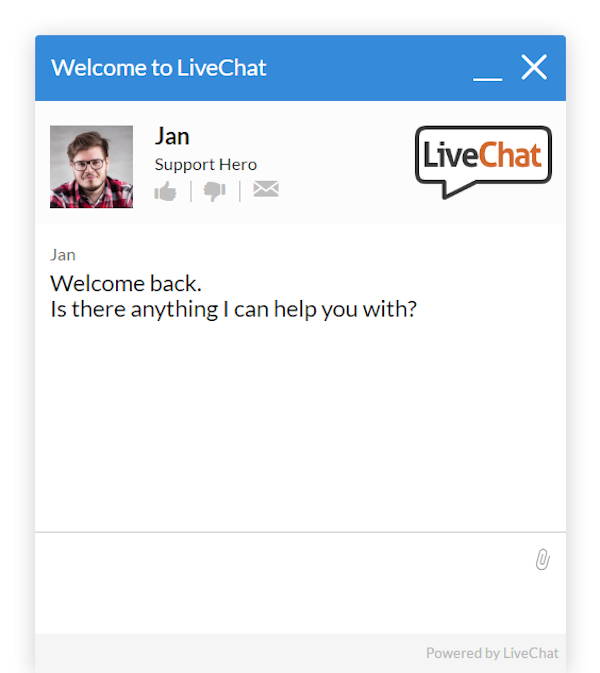We recommend Proof’s impressive blog and their podcast, Scale or Die. Thanks Ben!
Personalization — it’s nothing new. In fact, we’ve seen the tactic at play in the real-world for years. Here are a few examples of when you might have encountered a personalized experience in your non-Internet life:
- When you check into a fancy, 5-star hotel and your favorite snacks are waiting for you upon your pillow alongside a handwritten note from the staff.
- At the local coffee shop, when the barista knows your order and can write your name on the cup before you even say it.
- A handmade custom shirt — tailored and monogrammed just for you.
Over the past several years, this level of human attention that we’ve seen offline has made its way online, making the Internet a more delightful and efficient place to be a consumer. Nowadays, the top SaaS marketers are turning to personalization to increase their conversion rates, improve customer happiness, and increase the number of MQLs for their brand.
Personalization defined
In marketing, personalization is the concept of building a customized experience for each visitor. Rather than showing a one-size-fits page to a visitor — you use available first-party (your own data) and third-party data (enriched from an external source) to make the page more relevant for each and every person that lands on-site.
This can be accomplished by adjusting headlines, CTAs, subheadings, value props, and so much more. Really any piece of content can be swapped out in real-time for a more relevant one.
Here’s a quick example to better explain the concept. On our homepage at Proof, we have a generic headline that we display when we don’t have information on a visitor’s industry:

But when we are able to accurately identify a visitor, we can adjust the headline to seem more relevant for our visitor. Here’s one variation for E-commerce visitors that toutes Proof as “the most powerful social proof platform for E-commerce brands.”

By running this personalization experiment with a handful of other tests, we’ve seen a 51% increase in demo registrations and a 31% increase in new trials.
Personalization can occur across mediums — from ad copy to landing pages to mobile apps to the web. But for SaaS businesses, the most notable and important instance of personalization occurs on the web and in-app. We’ll talk through some examples you can launch on your site later in this post.
Why personalization matters for SaaS in 2019
While personalization has been around in the offline world for decades, it’s emergence to the online world is pretty recent. In the past, marketers wanting to personalize their sites faced a few big problems:
- Not enough data for personalization: For businesses that want to personalize, data is key. Until 3rd party data-sources such as FullContact, Clearbit, and Datanyze emerged, there was no easy way to pull visitor data. Now with an IP address or email, you can perform a real-time pull of a plethora of information around a visitor.
- Difficult to map customer journey: Even if you were able to collect information about a visitor, it was hard to have it update across your CRM, on your site, and in your app. Luckily, in 2019, software tools are a whole lot better at integrating and talking to one another. Plus, you have tools such as Segment that can help create a single place to store and aggregate your date from various endpoints.
- Time and resource constraints: Personalization is easier than ever before — but until platforms like Experiences emerged, these tactics were hard to implement and most companies didn’t have the engineering time to commit to personalization. With an influx of integrations and little-engineering-required software for personalization, this has all changed.
So, you’re probably thinking, “this is great and all — but is it worth my time?”
Here are a few reasons we think it’s pretty appealing for SaaS marketers looking to improve their conversion rates, lifetime value, or other metrics in 2019:
- Personalization reduces acquisition costs as much as 50%, lifts revenues by 5-15%, and increases the efficiency of marketing spend by 10-30%
- 77% of consumers have chosen, recommended or paid more for a brand that offers a personalized service or experience
- 87% of companies see a lift in key growth metrics (such as conversion rates, engagement rates, or average order value) when they employ personalization
- 59% of consumers say that personalization plays an impact in their buying decisions
It’s also important to note: SaaS customers are some of the earliest adopters and most scrupulous consumers. You’ve likely seen that SaaS companies are amongst the first to launch new tactics, try out software, and run growth experiments — a testing mentality is just part of the role.
For these reasons, your SaaS customers are going to expect personalization and hyper-relevant marketing. If you’re not already personalizing, it’s something you should consider launching on your site today. It creates a better customer experience and leads to improved metrics for your marketing team.
3 personalization experiments you can launch today
Curious how exactly to integrate personalization on your site? Here a few quick ideas of experiments you can start running on your site today:
Swap out CTAs
Based on your visitors stage in the sales cycle, you’ll want to adjust your headlines, subheadlines, and imagery to appeal to your users’ unique properties. An even more powerful method for SaaS businesses is to personalize a CTA to push the visitor to the most relevant next action:

Book a demo: On a visitor’s first visit to your site, push them towards a demo signup to show them exactly what your SaaS can do for their site.
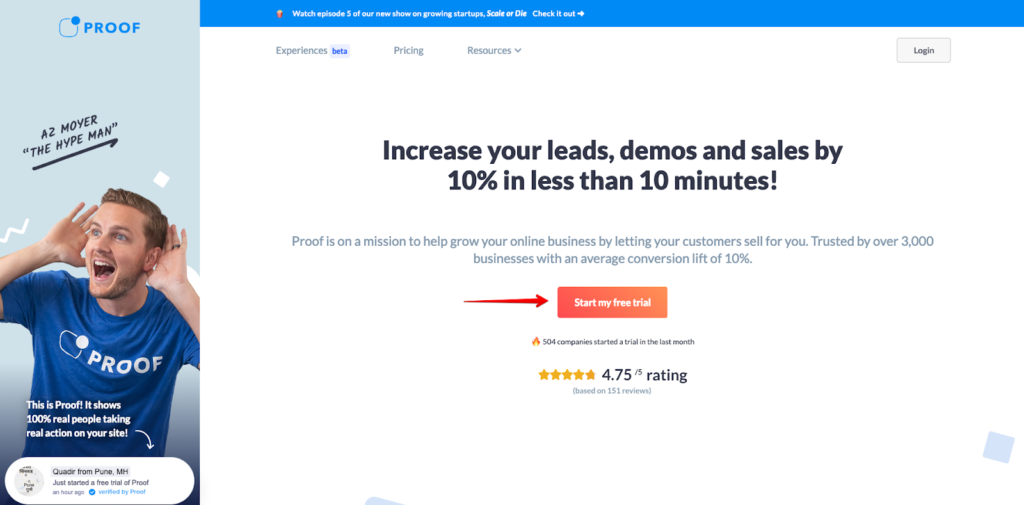

Log in: If a customer starts their trial (or continues on to become a customer), the most relevant action is to push them towards logging in to their account.
Match ad headlines to your landing pages
It might seem like a simple task, but you’d be surprised by the number of SaaS businesses that don’t personalize their landing pages to match their ads.
By taking the headline you’re using on Facebook, Adwords, or other ad platforms — you can easily adjust your pages to match the landing page to what a visitor is expecting to see when they click an ad. And the genius part of this tactic is you can create one optimized page — and simply swap out elements on the page based on a visitor’s unique qualities.
Here’s an example from BigCommerce of a Facebook ad they’re running with the headline “Start Your Online Business Today. It’s Easy.”
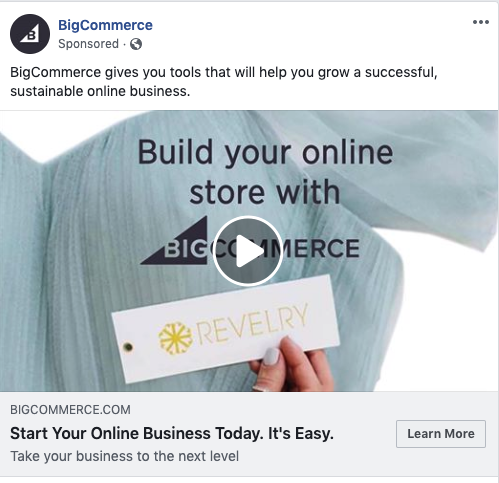
Then, behind this ad is a landing page that perfectly matches the ad you clicked on.
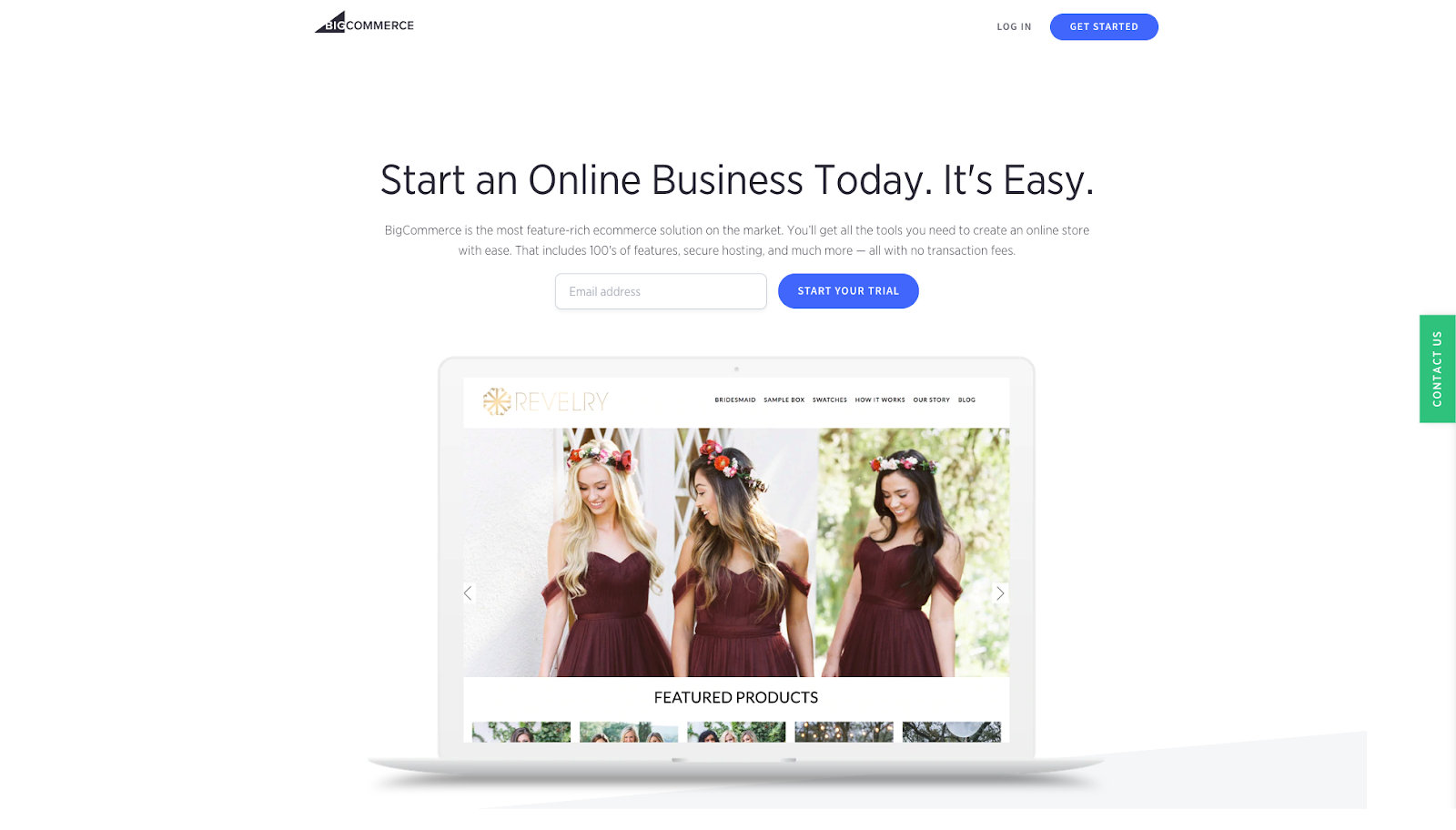
Welcome back existing customers
If you just launched a new website, one of the most pleasant ways to surprise and delight customers is to deploy a personalization that adjusts the homepage when a visitor lands.
If a visitor has already converted and started to pay your business, why do most sites still push towards pitching their software and pretend like they’re running an outbound sales cycle? It’s sloppy and reflects badly on your brand.
Gusto provides an incredible example of how to adjust the homepage to account for whether a visitor is a customer or not. Here’s the page you’ll see if you’re visiting without a Gusto account.

But once you visit as a customer, the page adjusts. The headline adjusts to say “Welcome back,” the signup form disappears, and the CTA reads “Sign in.”
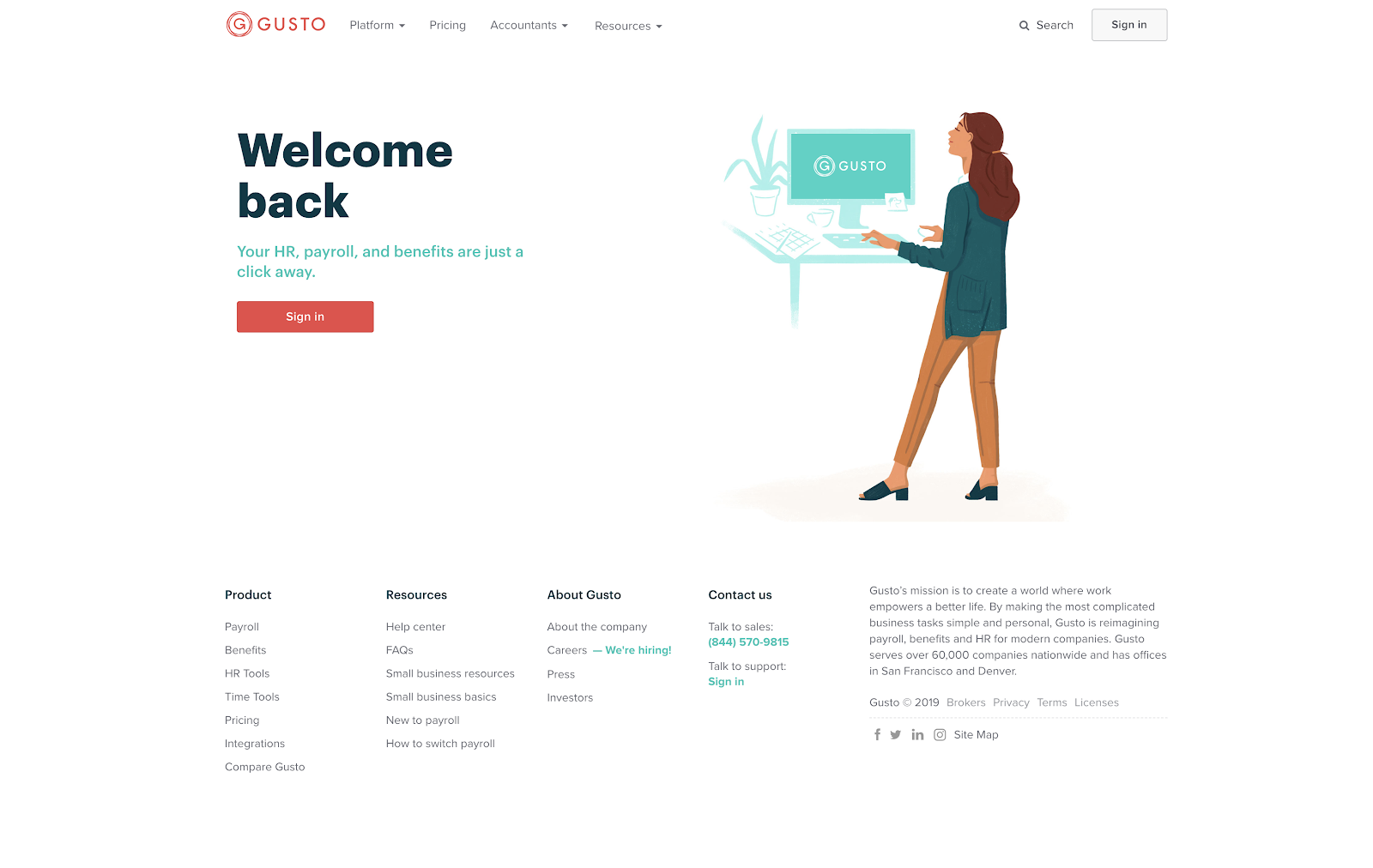
The result? A more human experience for visitors to the site.
If you’re looking for a lightweight way to get started with this tactic, you can use pretty much any live chat software to customize the messaging for return visitors. You can get more advanced with your message targeting, but it’s normally simple to set up a “welcome back” message based on the number of site visits.
How exactly do you launch personalization experiments
You might be thinking — I’m ready to start personalizing but I simply don’t know where to begin.
Luckily for you, there’s a whole host of software tools that can help you launch delightful experiences and increase conversions for your SaaS.
In terms of data, you’ll need to utilize a third-party data provider such as Clearbit, Datanyze, or FullContact to enrich the amount of information you receive from a visitor. Then, you’ll also want to utilize a data integration tool such as Segment or Hull.io to manage that customer data.
To easily deploy these online experiments, Proof Experiences is our a new personalization platform built exclusively for B2B SaaS companies. With our visual editor, you can quickly and easily deploy unique experiences for your visitors without having to bring in your engineering team. It’s fast, easy, and powerful.
Interested in learning more about how to use the tools mentioned above in a personalization strategy? Our new guide walks you through how to organize and store your customer data for personalization.

